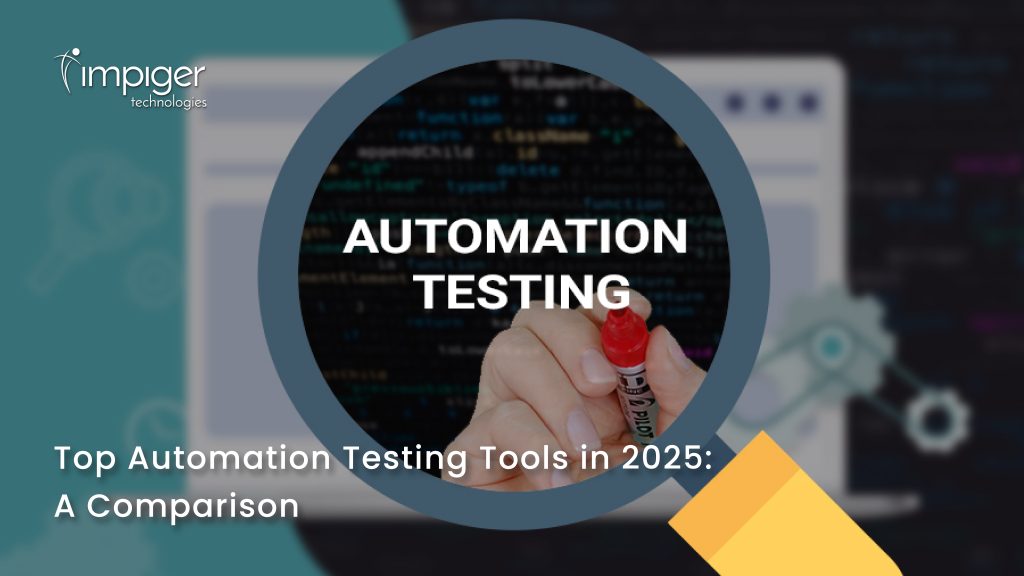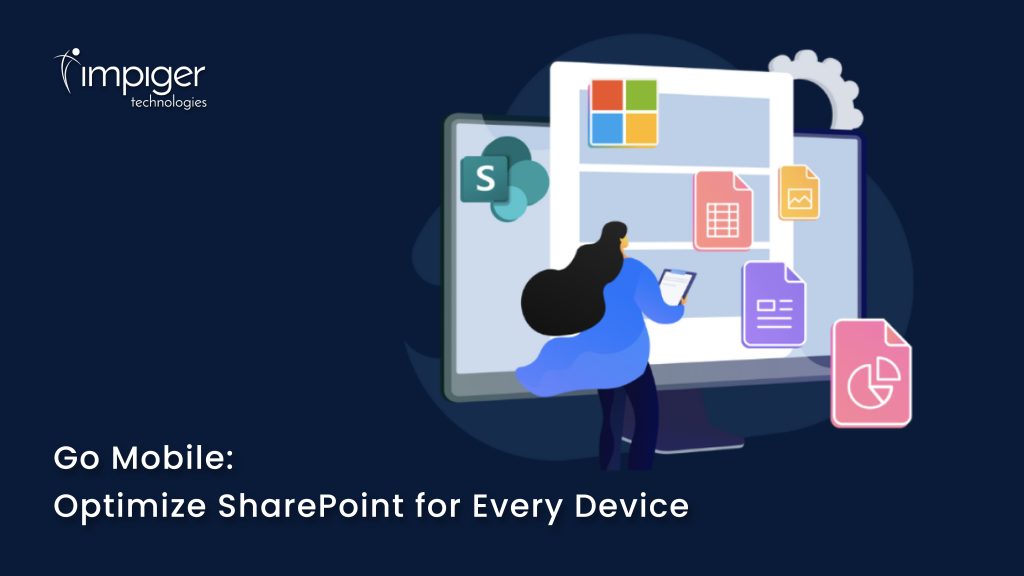Introduction
In today’s competitive landscape, optimizing costs and maximizing return on investment (ROI) are crucial for business success. Every dollar saved translates to a stronger bottom line and increased profitability. But have you considered how a supplier portal can significantly impact your ROI?
Supplier portals are secure online platforms that facilitate communication and collaboration between your company and your suppliers. They go beyond simple email exchanges and offer a centralized hub for managing all aspects of your supplier relationships. By leveraging a supplier portal, your business can unlock substantial savings and operational efficiencies.
Reduced Procurement Costs
- Automation of Manual Tasks: Automating tasks such as purchase order creation and invoice processing frees up your team’s time, allowing them to focus on strategic initiatives. This not only reduces labor costs but also enhances productivity.
- Real-time Inventory Management: Supplier portals provide real-time visibility into inventory levels, enabling you to optimize ordering and avoid unnecessary stockpiling. This reduces holding costs and minimizes the risk of obsolete inventory.
- Streamlined Supplier Communication: Efficient communication channels help ensure accurate quotes and minimize negotiation delays. Faster and clearer communication can lead to better terms and conditions, further reducing procurement costs.
Improved Efficiency and Productivity
- Self-service Capabilities: Features like order tracking and invoice status updates empower suppliers to find information independently, reducing the volume of inquiries directed to your internal team. This allows your staff to focus on more value-added activities.
- Streamlined Document Management: Centralized document sharing and approval processes eliminate wasted time spent searching for paperwork. All relevant documents are easily accessible, ensuring smooth and efficient workflows.
- Faster Issue Resolution: Enhanced communication capabilities facilitate quicker resolution of issues, leading to smoother project execution and reduced downtime.
Enhanced Visibility and Control
- Real-time Data Dashboards: These provide insights into supplier performance, allowing for better decision-making and proactive risk mitigation. You can monitor key performance indicators and take corrective actions before minor issues become major problems.
- Spending Analysis: Track spending patterns to identify opportunities for consolidating purchases and negotiating better pricing with suppliers. By understanding your procurement data, you can make more informed decisions and drive down costs.
- Supplier Performance Management: Improved visibility into supplier performance helps identify reliable vendors and avoid potential disruptions. Consistent performance reviews and feedback loops ensure high standards are maintained.
Reduced Errors and Discrepancies
- Standardized Data Entry: Automated workflows and standardized data entry minimize manual errors in purchase orders and invoices. This ensures accuracy and reduces the need for costly corrections.
- Real-time Data Updates: With everyone accessing the latest information, confusion and delays are minimized. This leads to more efficient operations and better decision-making.
- Clear Communication Channels: Reduced misunderstandings and potential disputes with suppliers are achieved through clear and consistent communication. This fosters a more cooperative and productive working relationship.
Strengthened Supplier Relationships
- Fostering Collaboration and Transparency: A supplier portal promotes a collaborative and transparent environment, strengthening relationships with your vendors. Trust and cooperation are enhanced, leading to mutually beneficial outcomes.
- Enhanced Supplier Satisfaction: Improved communication and self-service features increase supplier satisfaction and loyalty. Happy suppliers are more likely to offer better pricing and superior service.
- Innovation and Joint Problem-solving: A centralized platform encourages innovation and joint problem-solving. By working closely with your suppliers, you can develop new solutions and improve overall supply chain performance.
Conclusion
Investing in a supplier portal is not just about cost savings; it’s about creating a more efficient, transparent, and collaborative supply chain ecosystem. The long-term benefits translate to significant financial advantages, improved supplier relationships, and a competitive edge in the market. By embracing a supplier portal, your business can achieve higher ROI and drive sustainable growth in today’s dynamic business environment.
Blog Reviewed by Kumaresan Selvaraj











